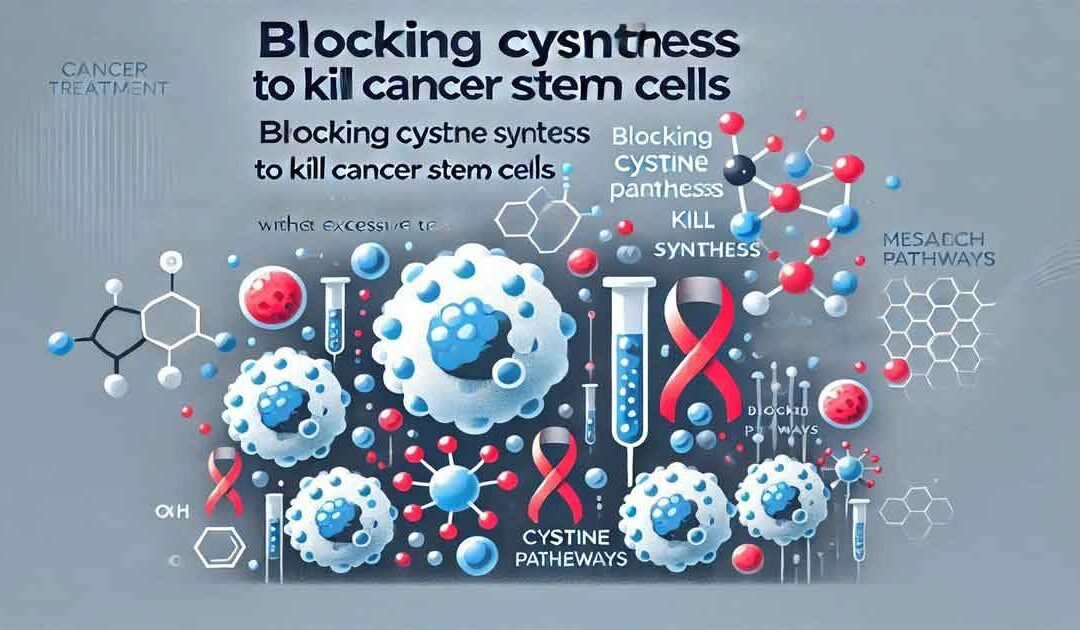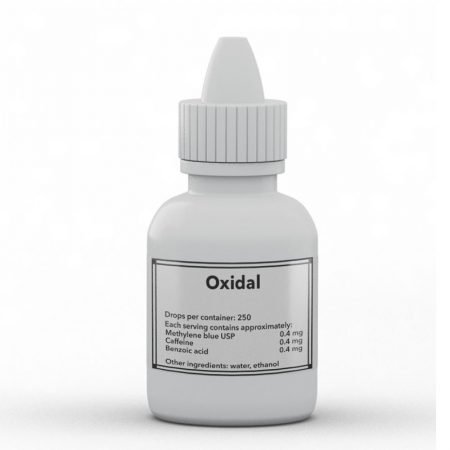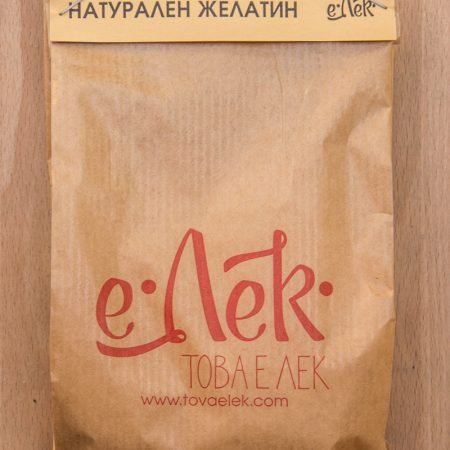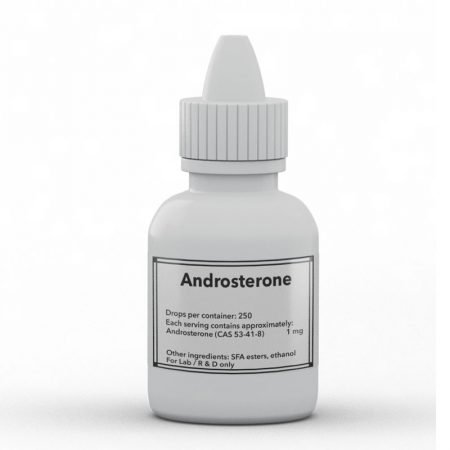Още едно проучване, което допълва доказателствата, че ракът е метаболитно заболяване, предизвикано от прекомерен редукционен стрес. Публикувал съм няколко други теми за ролята на прекурсорите на глутатиона при рака, и по-специално за ролята на цистеина при меланома. В организма цистеинът се превръща в цистин, а последният се използва за синтеза на глутатион. Доказано е, че изчерпването на глутатиона увеличава уязвимостта на почти всички известни видове рак към химиотерапия и радиация. Като се има предвид, че раковите клетки разчитат предимно на глутатиона (високо съотношение GSH/GSSG), за да се предпазят от апоптоза и да поддържат среда, стимулираща растежа, ефектите от изчерпването на глутатиона върху зрелите ракови клетки са съвсем очаквани. А сега това ново проучване демонстрира, че блокирането на усвояването на цистин води до бърза смърт (фероптоза) на раковите стволови клетки. Механизмът на действие отново е изчерпване на (редуцирания) глутатион и повишена уязвимост на раковите стволови клетки към ROS. Макар че в изследването са използвани различни малки молекули с токсични странични ефекти, редица други изследвания показват, че простото ядене на захароза или прилагането на аспирин също имат мощен ефект върху понижаването на GSH/GSSG и по този начин потенциално могат да блокират самото “семе” на рака.
https://www.nature.com/articles/s41598-019-42251-5
“…To further investigate the connection between ferroptosis in NCI-H522 cells and cystine availability, we deprived them of the amino acid. Cells died without cystine, but could be rescued by chelating iron (cyclopirox olamine), scavenging ROS (Trolox, ferrostatin), scavenging lipid ROS (liproxstatin) or providing reduced thiols (βME) (Fig. 5C,D). Maximal rescue occurred at 100 μM external cysteine (Fig. 5D). These results indicate that NCI-H522 can be induced to undergo ferroptosis simply by removing cystine. Next, we attempted to induce ferroptosis in NCI-H522 by elevating external glutamate to interfere with the xc−antiporter activity. Adding 5 mM glutamate for three days had no effect on viability (Fig. 5B).”
https://www.eurekalert.org/pub_releases/2019-07/uot-kts070519.php
“…Cancer stem cells are an intriguing target for researchers because of their potential to re-seed tumors. When doctors remove a tumor surgically or target it with chemotherapy drugs or radiation therapy, the cancer may appear to be gone. However, evidence suggests that a tiny subpopulation of adaptable cancer cells can remain and circulate through the body to seed new metastasis in far-off locations. Those cancer stem cells, Taylor said, are similar to dandelions in a well-manicured lawn. “You could chop the plant off, but it will drop a seed. You know the seeds are there, but they’re hiding,” he said. “You pull one weed out and another comes up right after it. Cancers can be like this as well.” The small molecule they have isolated appears to lock on to those stem cells and kill them by blocking their absorption of an amino acid called cystine. UToledo was awarded a patent for the discovery late last year. For Tillekeratne and Taylor, uncovering a new class of therapeutic molecules could prove to be an even larger contribution to cancer research than the project they initially envisioned. At present, there are no drugs that can kill cancer stem cells, but people are looking for them,” Tillekeratne said. “A lot of drugs are discovered by serendipity. Sometimes in research if you get unexpected results, you welcome that because it opens up a new line of research. This also shows the beauty of collaboration. I wouldn’t have been able to do this on my own, and [Taylor] wouldn’t have been able to do it on his own.”
Източник:
- Колко пресни портокала са ви необходими, за да изчистите черния си дроб от мазнини?
- Хроничният стрес понижава допамина и причинява психични заболявания
- Естрогенът и кортизолът, а не андрогените, потискат имунитета
- Инхибирането на ароматазата (за намаляване на естрогена) може да доведе до лечение на рак на стомаха.
- Потиснатият имунитет, а не вирусите (HPV), може да е причина за рака на кожата











